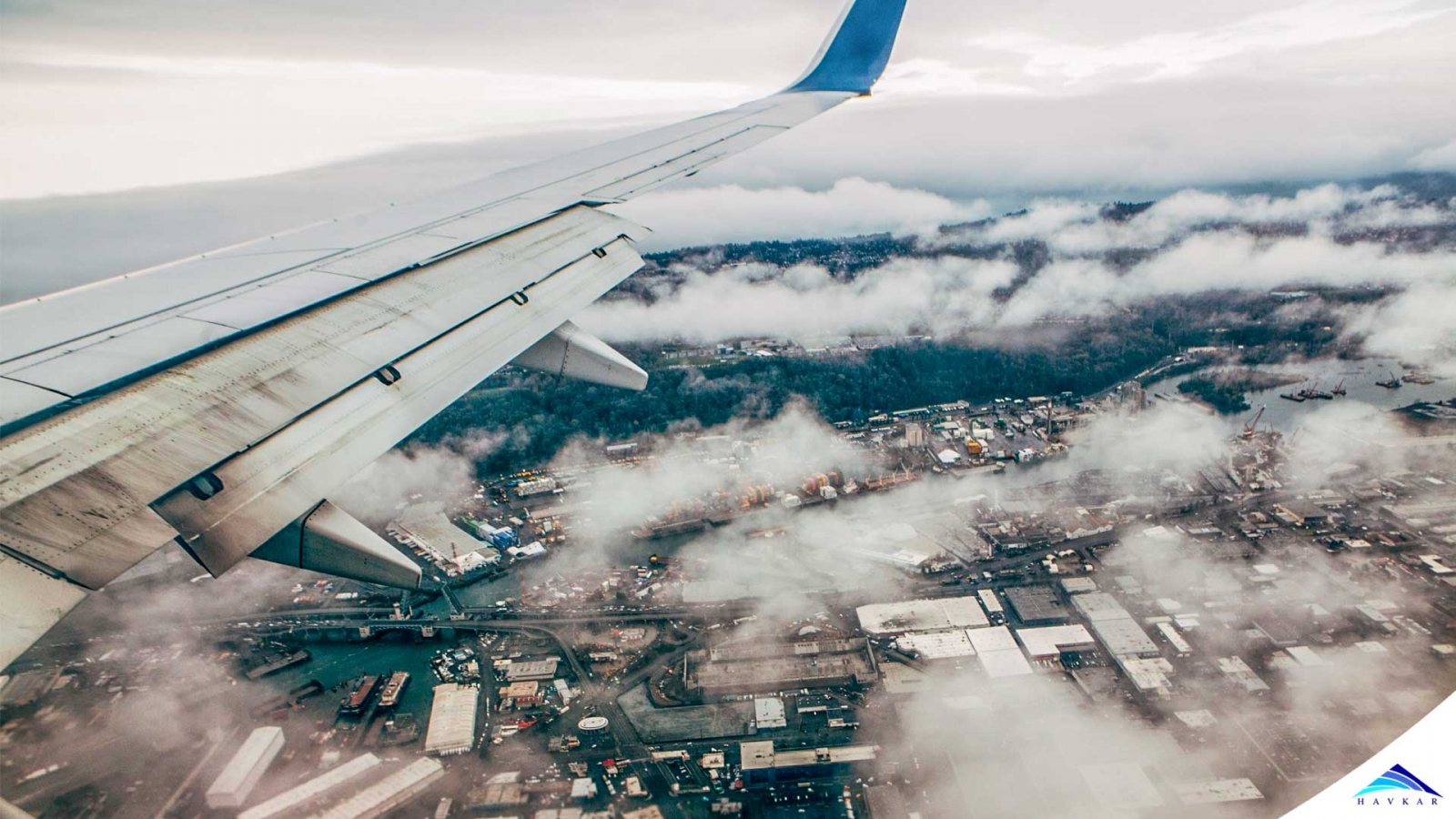
Wings are smooth surfaces, but have multiple parts, and their geometry is different from one aircraft to another. But even for a given aircraft the geometry of a wing changes during different flight moments, and this is what we are going to talk about here. These are called high-lift devices, as the name tells, the aim of such devices is, and most of the time to improve lift, but that is not the only purpose as we will see.
The most common high-lift device and the one that is on nearly every aircraft, from the smallest and simplest to the biggest and/or most complicated, is flaps. Flaps are located at the trailing edge of the wing of an aircraft, at the end of the wing.
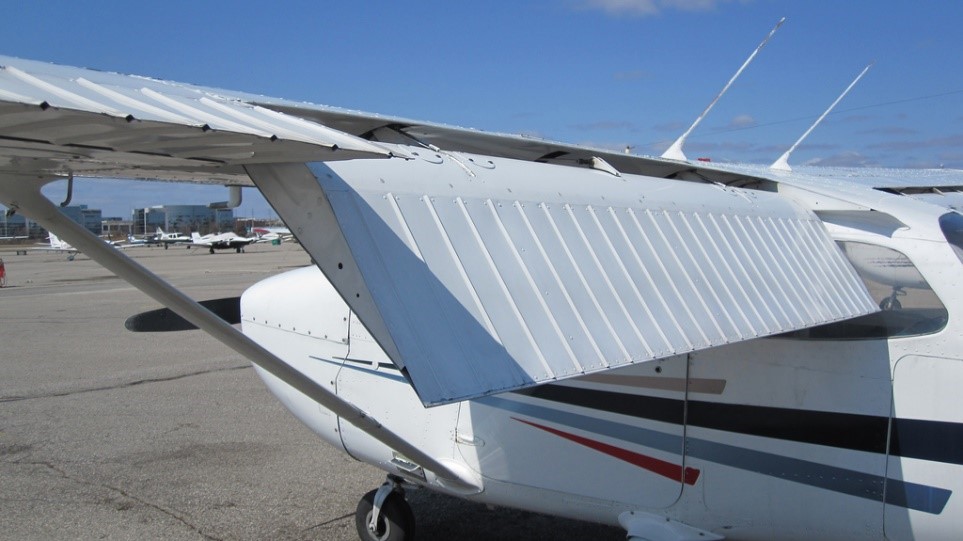
Extended flaps on a Cessna 172
Flaps are most commonly used during the take-off and landing phases of a flight. This so because these two moments of a flight are the riskiest of a flight, and where the aircraft is flying relatively slow compared to the rest of the flight. And lift, what is holding the airplane in the air, is greatly dependent on speed. Here is the equation of lift:
Where:
This equation gives us how much lift is generated, and the speed is squared, so reducing it by two means lift is reduced by 4. Flaps are here to provide extra lift at lower speeds, by (sometimes, as we will see later) increasing surface wing area, but also increasing the lift coefficient ![]() . Flaps extended the cord of the wing, this is what is going to increase the
. Flaps extended the cord of the wing, this is what is going to increase the ![]() , and thus the lift.
, and thus the lift.
As mentioned earlier, flaps are used in multiple flight phases. During take-off, flaps are not fully extended, only about 10/15°, because they will provide extra lift, but also extra drag and thus the rate of climb will be worse. So we are sort of trading rate of climb for lift. At a given speed and altitude flaps will be retracted to gain a better climb rate. During landing, flaps are going to be fully extended (inclination varies, some airplanes can have up to 105° flaps inclination!), they will provide extra lift at lower speed once again, but also drag. Drag is something important during landing as we want to slow down the aircraft as much as possible, while still being able to fly in order to safely touchdown. Finally, some aircraft use a little bit of flaps during manoeuvres in order to fly slower, which allows for tighter turns. This is something that is useful for fighters, and was used during World War II, for example by the Japanese Ki-43.
Different sorts of flaps exist, we are going to talk about the main ones, their differences and in which case they can be a good design choice.
- The simplest flaps and the first ones to have appeared are plain flaps. This is the rear part of the wing lowering, so in this case there is no additional surface area when deployed. They are not the most efficient, but very simple so used on cheap planes.

A sketch of plain flaps on an airfoil. The previous image of Cessna flaps shows plain flaps.
- Split flaps are a little bit like plain flaps, but the upper part of the wing stays in place, while the lower section goes down. As a consequence, there is an increase in pitch moment, which can change the trim or balance of the airplane. At large angles they can also act as spoilers, which we will talk about later.
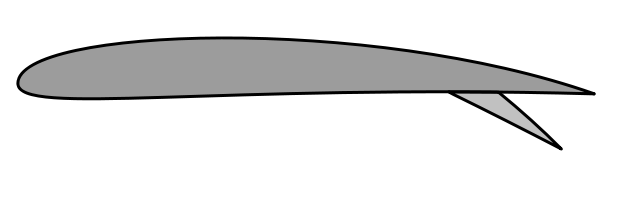
Here is represented a split flap. They were firstly wide used on the passenger transport DC-1
- Slotted flaps are basically plain flaps, but with a gap between the wing and the flap, to allow air to flow for the lower part of the wing to the upper part, which increases its effectiveness.
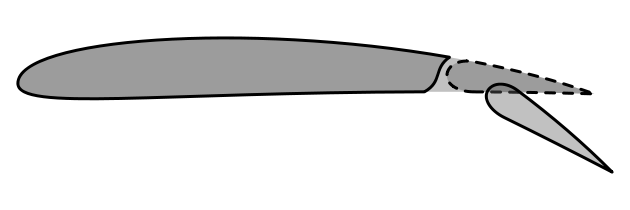
Slotted flaps, in retracted and extended position. Again there is no area increase here.
- Fowler flaps are flaps that go first backwards, and then down. By doing so they increase chord and then camber.

The fowler flap, as it can be seen here extending the surface area.
- The Krueger flap is the only flap that isn’t at the trailing edge of the wing, but at the leading edge. It increases both camber and thickness, but is different than a slat (we will explain what this is later on) because it the lower part of the wing moves forward, where the upper part does for a slat.
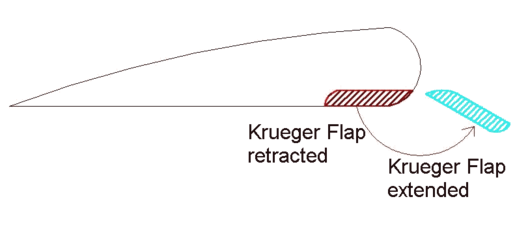
Sometimes flaps and ailerons are coupled in one single device, that we call a flaperon. It is a control surface used on delta-like wings, like some fighters, or the iconic Concorde. This is because these airplanes do not have horizontal stabilizers, thus pitch control is done on the same control as roll. If the pilot wants to go up, both flaperons move up, pitching the plane; if he wants to roll they move in opposite directions. And to have flaps, they simply lower the neutral down a few degrees.
Now, let’s move the leading edge of the wing, to talk about slats. These are devices that allow to flying at higher angles of attack (without them a regular plane can go at around ~15°, with them, up to 22/25°), which reduces stall speed. Here is what these look like:
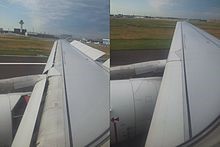
On the left, slats are deployed (notice as there is a gap between the slat and wing) and on the right they are retracted
- Automatic: for example, the famous WWII German fighter, the Bf109 had automatic slats. These would pop out as soon as the plane was at a too high angle of attack, simply under aerodynamic force, preventing the plane from stalling.
- Fixed: these are called slots and are used for aircrafts that stay in low speeds. One example is again a WWII German plane, the reconnaissance Fiesler Storch.
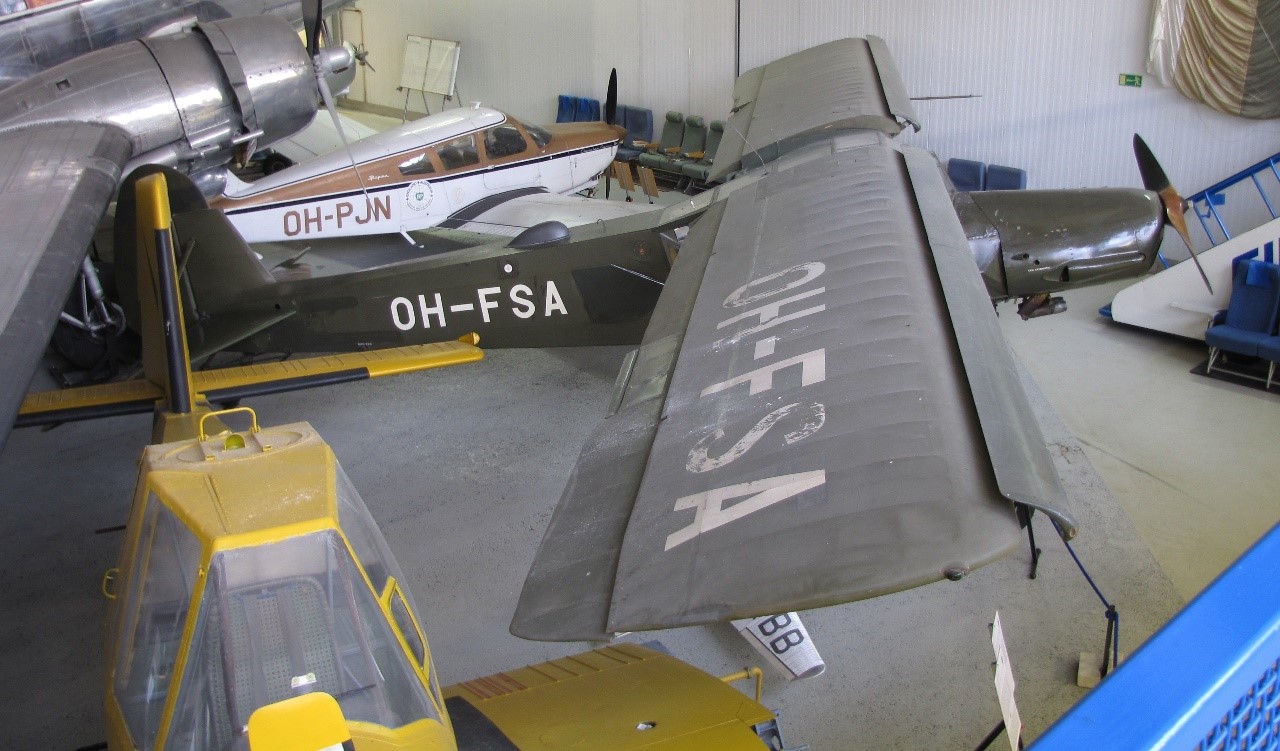
Here is a side view of the wing of a Fiesler Storch, showing the slats on the leading edge.
Slots are very useful for this type of plane, staying in the air at low speeds to do reconnaissance, but this comes with noticeable drawbacks: more drag, since they cannot be retracted and higher fuel consumption.
Finally, we are going to talk about spoilers. These devices, as the name tells, are spoiling the lift generated by the wings. This is what they look like:
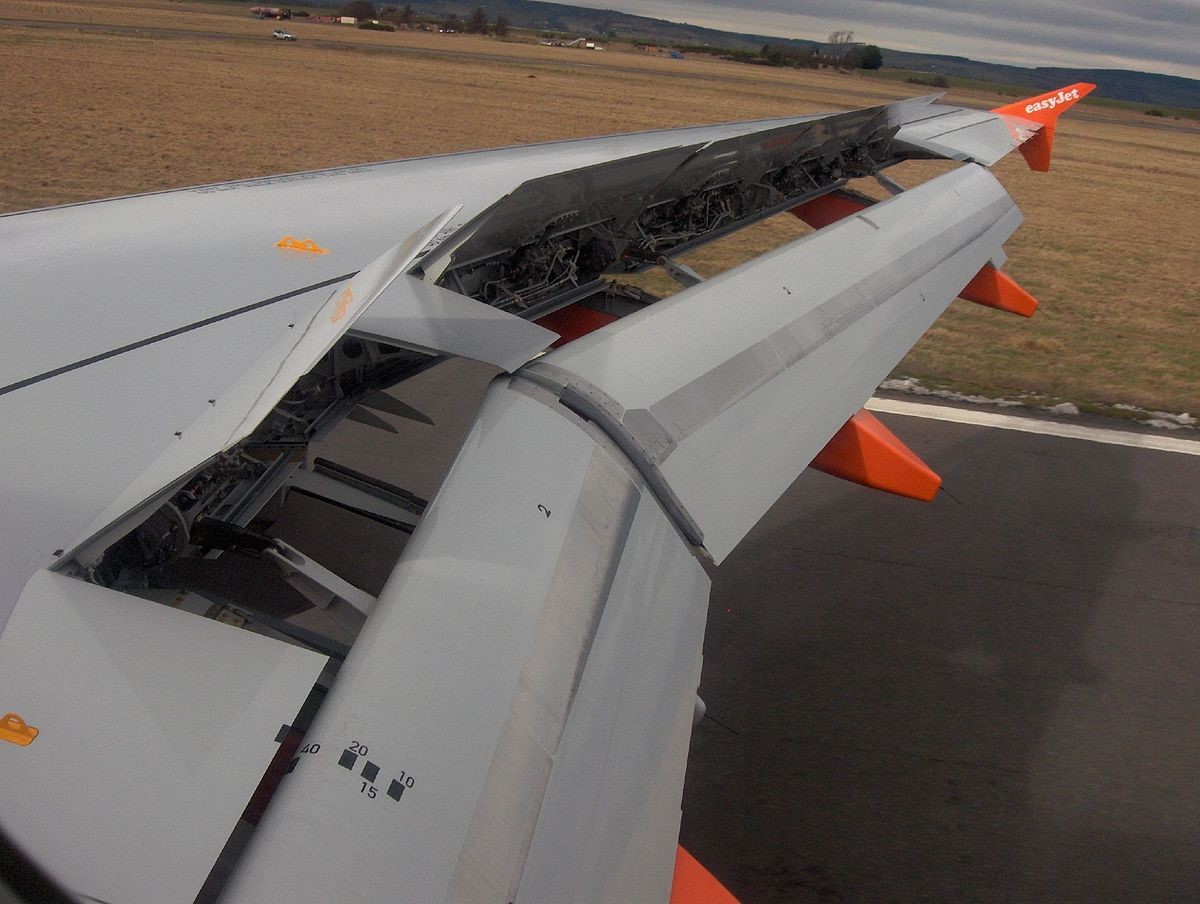
Here is the wing of an A319 during landing, full flaps extended, as well as well as spoilers on the upper wing.
Spoilers make the wing stall, by deviating the airflow above it, and also create a huge amount of drag, greatly slowing the plane down. Airbrakes, often found of fighter pilots are a little bit the same, but much smaller because fighters land at much greater speeds then commercial planes, and the forces applied to open these spoilers or airbrakes increase with speed.
All these devices enable much greater control and safety on the flight of an airplane, and make wings even more complicated.